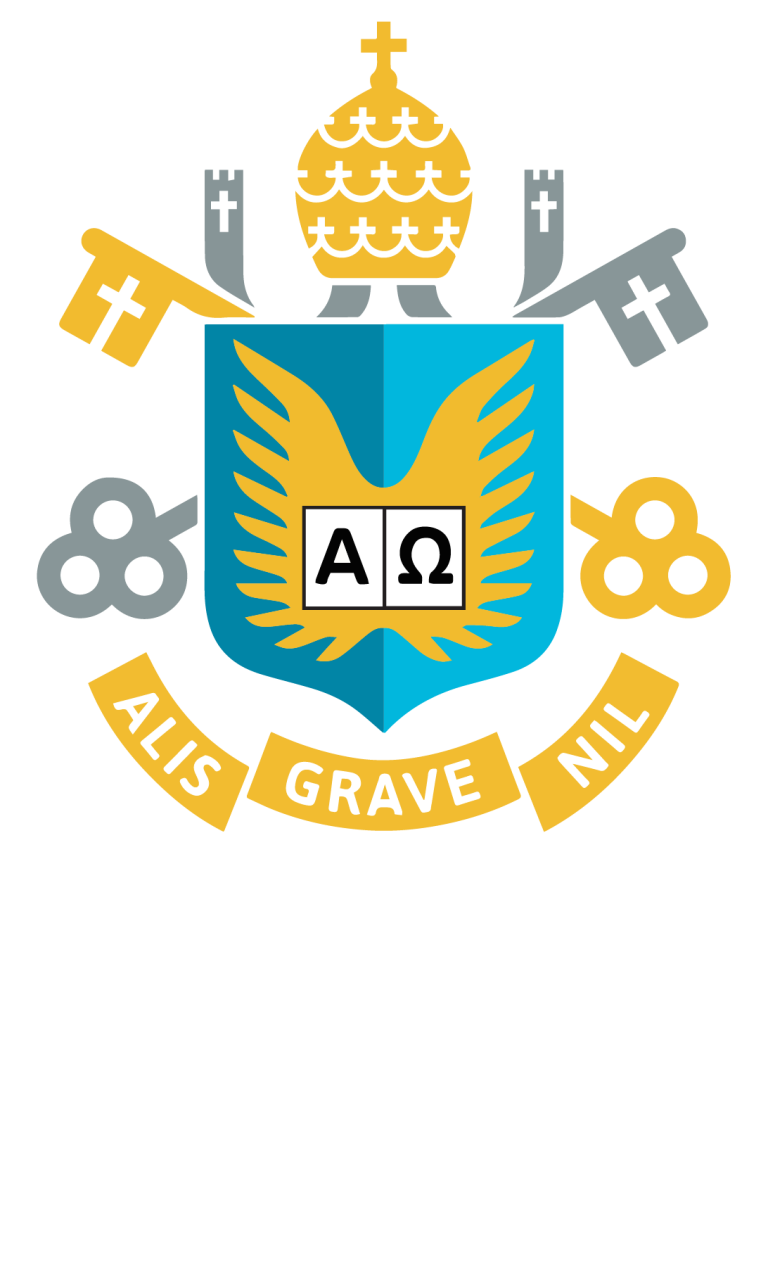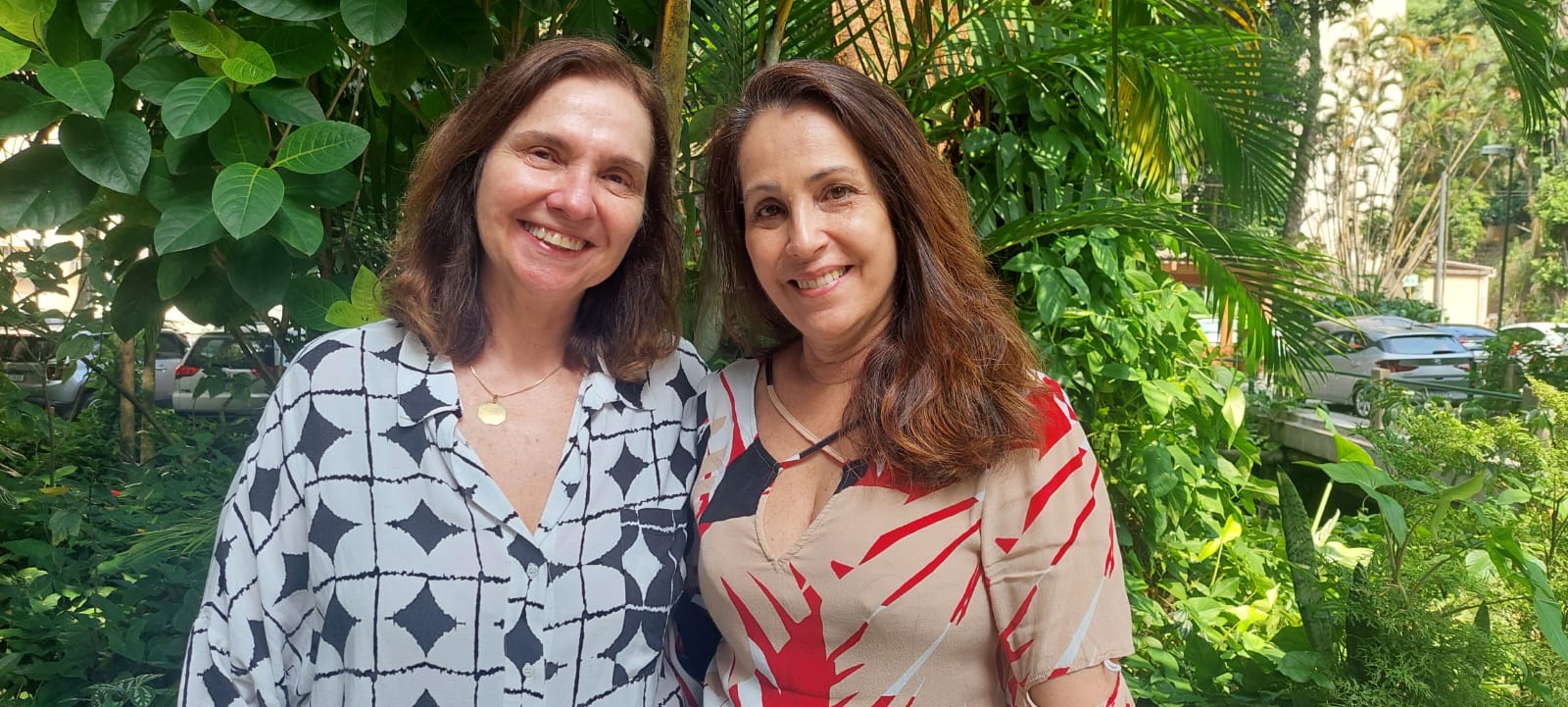In the image: Marley Maria Bernardes Rebuzzi Vellasco and Karla Figueiredo (left to right)
The technology available for licensing developed at PUC-Rio’s Applied Intelligence and Robotics Laboratory (LIRA) proposes a walker equipped with sensors that allows the user to move around autonomously and prevents falls.
Text: Caroline Roxo | Cover photo: Karla Figueiredo’s personal collection
People with visual impairments, neurological disorders or even innate changes due to ageing are susceptible to difficulties in getting around and need equipment to help them move around and become independent. Most of the time, the indication is to use walkers and canes. However, given the accessible options available on the market, this equipment does not offer users total safety and autonomy.
It was against this backdrop that researchers from the Pontifical Catholic University of Rio de Janeiro (PUC-Rio) developed a technology at the Applied Intelligence and Robotics Laboratory (LIRA), protected with support from the PUC-Rio Innovation Agency (AGI), which consists of an autonomous robotic walker with a combination of sensors, including ultrasonic, infrared and force sensors, to detect obstacles and avoid collisions. The walker allows the user to move around autonomously, and also features a navigation system with GPS (Global Positioning System), which can be attached to a cell phone.
“We wanted to create a device that could make walkers more effective for their users, especially in terms of preventing falls. That’s when we developed this technology, over a period of two years, which works both at home and on the streets and roads,” says Karla Figueiredo, currently a professor and researcher at the State University of Rio de Janeiro (UERJ) who was previously a professor at PUC-Rio and one of the inventors of the technology.
Karla Figueiredo led the project to develop the walker alongside Marley Maria Bernardes Rebuzzi Vellasco, professor in the Electrical Engineering Department and academic vice-dean at PUC-Rio, and former students Miguel Angelo Gaspar Pinto, Daniel de Souza Leite and Frederico Szmukler Tannenbaum.
Technology that prevents falls
The main purpose of walkers is precisely to serve as a point of support for users when they need to stand up or walk independently, thus preventing falls. However, even with the use of this equipment, users are liable to fall, especially when they use it to get around in incognito environments. Furthermore, according to the World Health Organization (WHO) Global Report on fall prevention in old age, more than 30% of the population over 65 suffers at least one fall a year, which increases the need to use safety features.
The autonomous walker developed by the team of researchers from PUC-Rio, equipped with a GPS system, has sensors capable of detecting obstacles and avoiding collisions by following pre-established routes, i.e. the user can indicate to the walker the start and end point of their journey and obtain the best route for getting around, and in the event of steps or unpredictable potholes, the walker emits a warning signal that warns of a possible fall.
“The walker has a pressure system, whereby when the user holds the walker, it has sensors that detect manual pressure, depending on whether the person squeezes or not, in order to get the walker moving,” explains Figueiredo.
What does the autonomous walker look like?
The equipment is a robot in the shape of a walker with software attached. This object, which had its prototype developed by the researchers, also has a motor, sensors and works according to the user’s objective, who can choose to use it in the traditional way, without any interference from the sensors, or activate the navigation mode, in which the walker suggests the best route for the user, in order to avoid obstacles, accidents and falls.
“The route offered by the robotic walker is just a proposed path. During the execution of this path, various problems can occur, such as holes, steps, posts or even other people walking, and this robot can detect these obstacles and keep navigation safe,” says researcher Figueiredo.
Autonomous walker for the market
For the walker to be made available for use by society, the technology needs to be licensed to a company or institution interested in exploiting the invention and developing the equipment for sale. The licensing of technologies is done through the intermediation of the PUC-Rio Innovation Agency.
Promoting the dissemination of knowledge through technology licensing is an essential strategy for boosting innovation based on the scientific advances generated at higher education institutions. At PUC-Rio, the Agency


